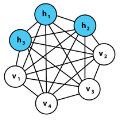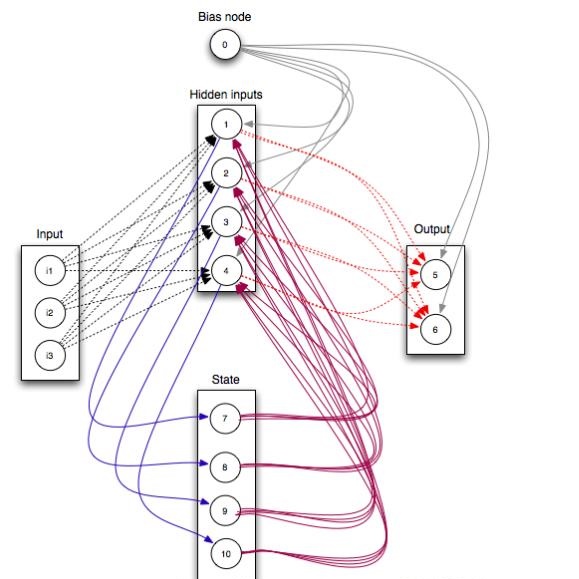Simulating quantum many-body dynamics on classical computers is a challenging problem due to the exponential growth of the Hilbert space. Artificial neural networks have recently been introduced as a new tool to approximate quantum-many body states. We benchmark the variational power of the restricted Boltzmann machine quantum states and different shallow and deep neural autoregressive quantum states to simulate global quench dynamics of a non-integrable quantum Ising chain. We find that the number of parameters required to represent the quantum state at a given accuracy increases exponentially in time. The growth rate is only slightly affected by the network architecture over a wide range of different design choices: shallow and deep networks, small and large filter sizes, dilated and normal convolutions, with and without shortcut connections.
翻译:由于Hilbert空间的指数增长,模拟古典计算机上的量子多体动态是一个具有挑战性的问题。人造神经网络最近被引入为接近量子多体状态的新工具。我们把限制的Boltzmann机器量子状态和不同浅深神经自反反质量状态的变异力作为基准,以模拟非可溶性量子Ising链的全球反射动态。我们发现在一定的精确度上代表量子状态所需的参数数量在时间上以指数倍增的速度增长。在一系列不同的设计选择中,网络结构对增长率的影响很小:浅深网络、小型和大型过滤器大小、变速和正常变速,以及没有捷径连接。





